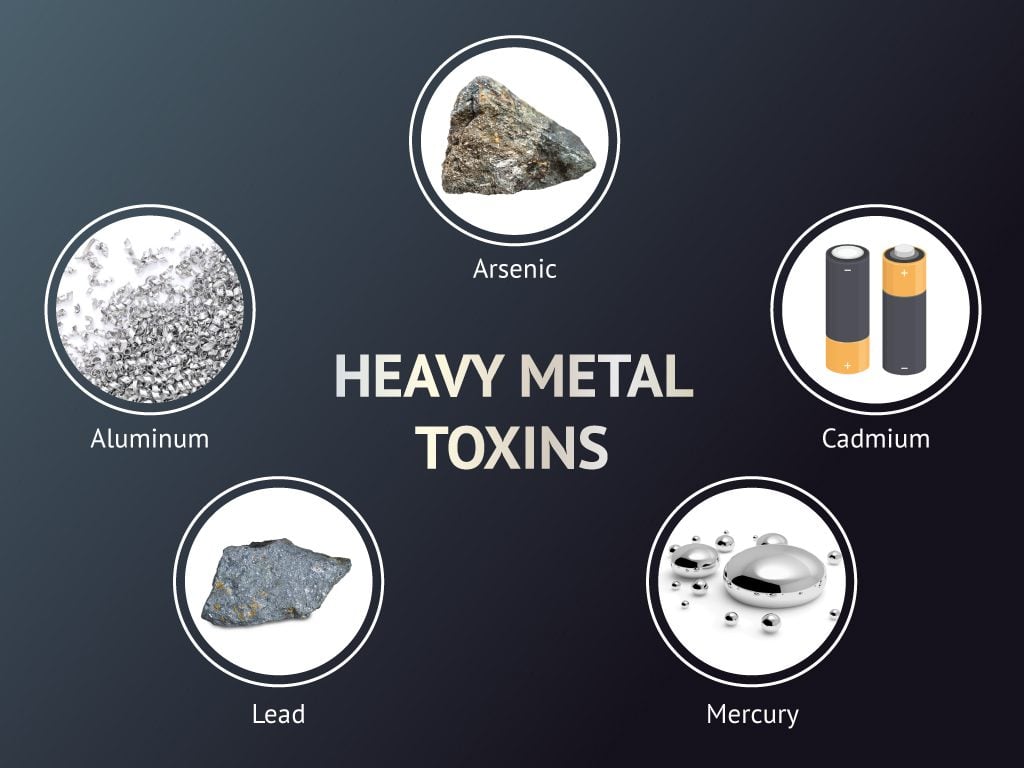E-waste, or electronic waste, is a growing problem around the world. It is defined as discarded computers, office electronic equipment, entertainment device electronics, mobile phones, sets, and other electronic devices. With the rapid growth in technology, the demand for new gadgets has skyrocketed, resulting in an ever-growing amount of e-waste. Unfortunately, many of these items contain hazardous materials, including toxic metals.

Mercury
One of the most toxic metals found in e-waste is mercury, a heavy metal that can be extremely dangerous if not handled properly. Mercury is a naturally occurring element that can be found in a variety of minerals, including cinnabar, corderoite, and livingstonite. In its elemental form, mercury is a silver-white, odorless liquid. It is extremely dense and has a boiling point of 629.88°F (334.6°C).
Mercury can be found in various electronics, including fluorescent and compact fluorescent bulbs, batteries, thermometers, thermostats, and switches. Unfortunately, when these items are discarded, the mercury can be released into the environment and contaminate the air, water, and soil.
Mercury exposure can be extremely dangerous, especially in its elemental form. Inhalation of mercury vapor can cause serious health problems, including lung damage and neurological damage. Ingestion of mercury can also be dangerous, leading to kidney damage, digestive issues, and even death.
Cadmium
Cadmium is a naturally occurring heavy metal typically found in zinc, lead, and copper ores. It’s used in various industrial processes, including electroplating, soldering, and battery manufacturing. Cadmium is also used in the production of plastics, pigments, and other coatings. In electronics, it is typically found in rechargeable batteries, circuit boards, and other components.
Cadmium enters e-waste primarily through the recycling process. When materials containing cadmium are recycled, they can be broken down, and the cadmium can be released into the environment. In addition, cadmium can leach out of electronic components over time due to corrosion or other damage.
Cadmium is highly toxic to both humans and the environment. In humans, it can cause damage to the kidneys, lungs, and bone marrow. It is also known to be a carcinogen. If cadmium enters the environment, it can contaminate soil, groundwater, and surface water. It can also accumulate in the food chain, leading to contamination of food and water sources.
Lead
One of the most commonly found toxic metals in e-waste is lead. Lead is a heavy metal that has been used in various products for centuries. It is still used in many products today, including electronics.
Lead is found in many different types of e-waste, including computer monitors, appliances, cell phones, printers, and circuit boards. It is also found in lead-acid batteries, which are used in many electronics. Lead is a toxic metal and can cause a variety of health problems if it is inhaled or ingested.
Lead poisoning can cause a variety of symptoms, including nausea, vomiting, headaches, fatigue, muscle aches, anemia, and kidney and brain damage. In children, lead poisoning can cause learning and behavioral problems, slowed growth, and hearing and vision problems.
Lead is found in e-waste because it is a common component of many of the materials used in electronics. It is also used to create solder, which is used to join components in electronics. Lead is also used in the production of circuit boards and other electronic components.
Final Thoughts on the he Different Toxic Metals Found in E-Waste
Electronic waste has become an increasingly large source of toxic metal exposure for humans and the environment. The toxic metals found in e-waste include lead, cadmium, and mercury. All of these toxic metals can cause serious health issues and have the potential to accumulate in the environment, creating further health and environmental problems. It is important to be aware of the risks posed by e-waste and to take steps to reduce the amount of e-waste generated, such as recycling and reuse of electronics.
Practice proper e-waste disposal with the help of Beyond Surplus. We provide a safe, secure, environmentally responsible solution to the dilemma of proper disposal of old computer systems, components, and electronic waste (e-waste). We do not export any of our electronic equipment outside the U.S., ensuring that your used computers will never end up in a landfill or improperly discarded. Schedule a pickup or drop-off now!


